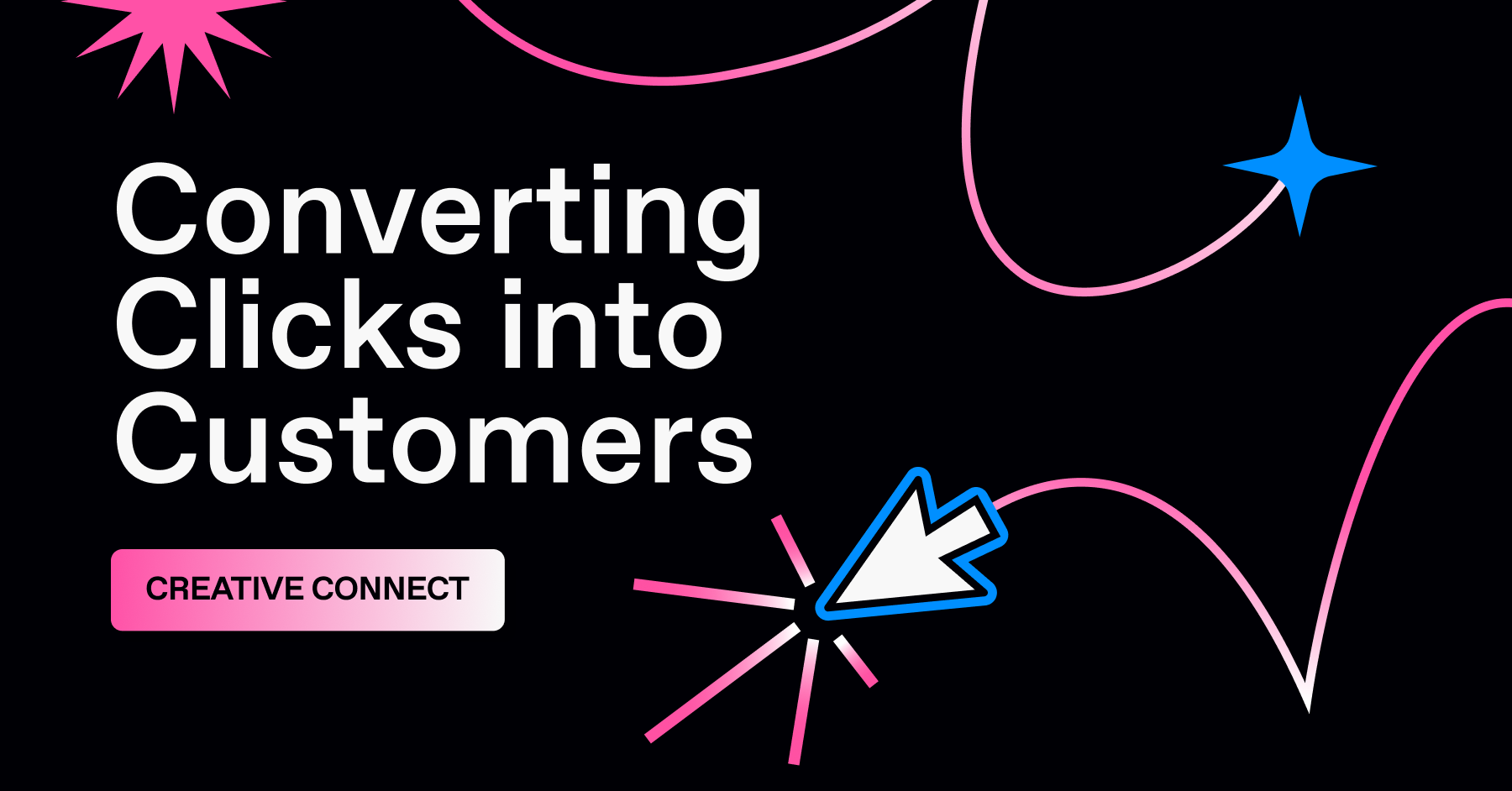Celtra’s Creative Connect event series made its second 2025 stop in London on March 26, gathering brand marketers, agency pros, and creative leaders under one roof to unpack one of the biggest questions in advertising today: how do you turn attention into actual results?
The evening delivered exactly what Creative Connect is known for: real talk, smart ideas, and a room full of sharp minds ready to swap insights (and a drink or two). The night’s panel discussion, “Converting Clicks into Customers,” was led by Oliver Stewart, VP of Sales at Celtra, and featured voices from Meta, On, and Omnicom.
“It’s been a great evening, an amazing conversation, and enriching insights,” Oliver said after the panel. “I think everyone can come away having learned something new they can apply when they go back to work tomorrow.”
Creativity is the biggest driver of performance
The panel quickly aligned on one truth: creative is still the biggest lever for advertising performance. As Maria Pavlova, Lead Marketing Science Partner at Meta, noted, “Forty-nine percent of sales contribution comes from creative. So if there’s one thing you’re going to do right, this is the thing.”
That stat set the tone for the rest of the discussion. Creative isn’t just about aesthetics; it’s what unlocks effectiveness, especially when budgets are fixed. “A great creative idea can double the impact of your campaign,” Maria added, “even if your media budget stays the same.”
David Gonzalez, Acquisition Growth Projects Lead at On, reinforced the point by sharing how his team puts contextual relevance at the center of their creative process. “We always aim to make creatives that are contextual – ads that serve a purpose for the user rather than making something just for performance,” he said. “It’s about making ads that are tailored, but still feel emotional and human.”
Babajide Sotande-Peters, Senior Manager, Global Programmatic Innovation at team x (Omnicom), added that where and how creative is delivered also plays a critical role.
“One of the big things we’re focused on with partners right now is omnichannel,” he said. “The frequency, the format, and the medium all play a huge role in how effective your creative actually is. That’s how you cut through and avoid creative fatigue.”
Data and measurement matter more than ever
Talk of performance quickly led to the importance of data and measurement. Maria stressed the need for clear objectives when testing creative. “You have to ask the right questions, know why you’re experimenting, and measure based on the business KPIs that matter,” she said. “We see advertisers run a lot of tests, but if they’re not consistent in what they’re measuring, they don’t know what worked.”
Babajide shared how his team puts measurement at the core of every campaign innovation. “From attention-based metrics to creative optimization, we make sure every test is tied back to real outcomes,” he said. “That’s how you make creative work better, faster, and more efficiently.”
David echoed the importance of learning through action. “At On, we just try things. If it doesn’t work, we do it differently next time,” he said. “We always push to do things differently, because that’s what’s going to catch people’s eyes.”
AI is here to help, but it’s not replacing the big idea
When the conversation turned to AI, the panel had a clear consensus: AI can unlock scale and speed, but creativity still starts with humans.
David acknowledged how valuable automation and AI are for scaling creative production and campaign optimization, but was careful to draw a line. “AI should work hand in hand with the human touch,” he said. “Right now, it’s not there yet to fully take over. What we’ve seen is that without the human element, the creative starts to feel generic.”
Maria broke down how Meta sees AI as a force multiplier across the entire process, from insight generation to creative development and delivery. “It’s not about replacing the idea, it’s about augmenting it,” she said. “You can use AI to generate insights, enhance creative, and then scale it. But it still starts from a human big idea.”
David added that at On, AI and Celtra’s Creative Automation are currently used to reduce manual, repetitive tasks. “That way, our designers can focus on storytelling, emotion, and the things that really matter,” he said.
What’s next for Creative Connect?
Creative Connect London proved that the smartest marketers today are blending data, creativity, and automation, not picking one over the other. They’re designing ads with purpose, measuring what matters, and using technology to scale without losing the spark.
That’s exactly what Creative Connect is here for: to spotlight the strategies, the tools, and the people pushing the boundaries of what creative can do.
Sign up here to get your invite to upcoming events.


